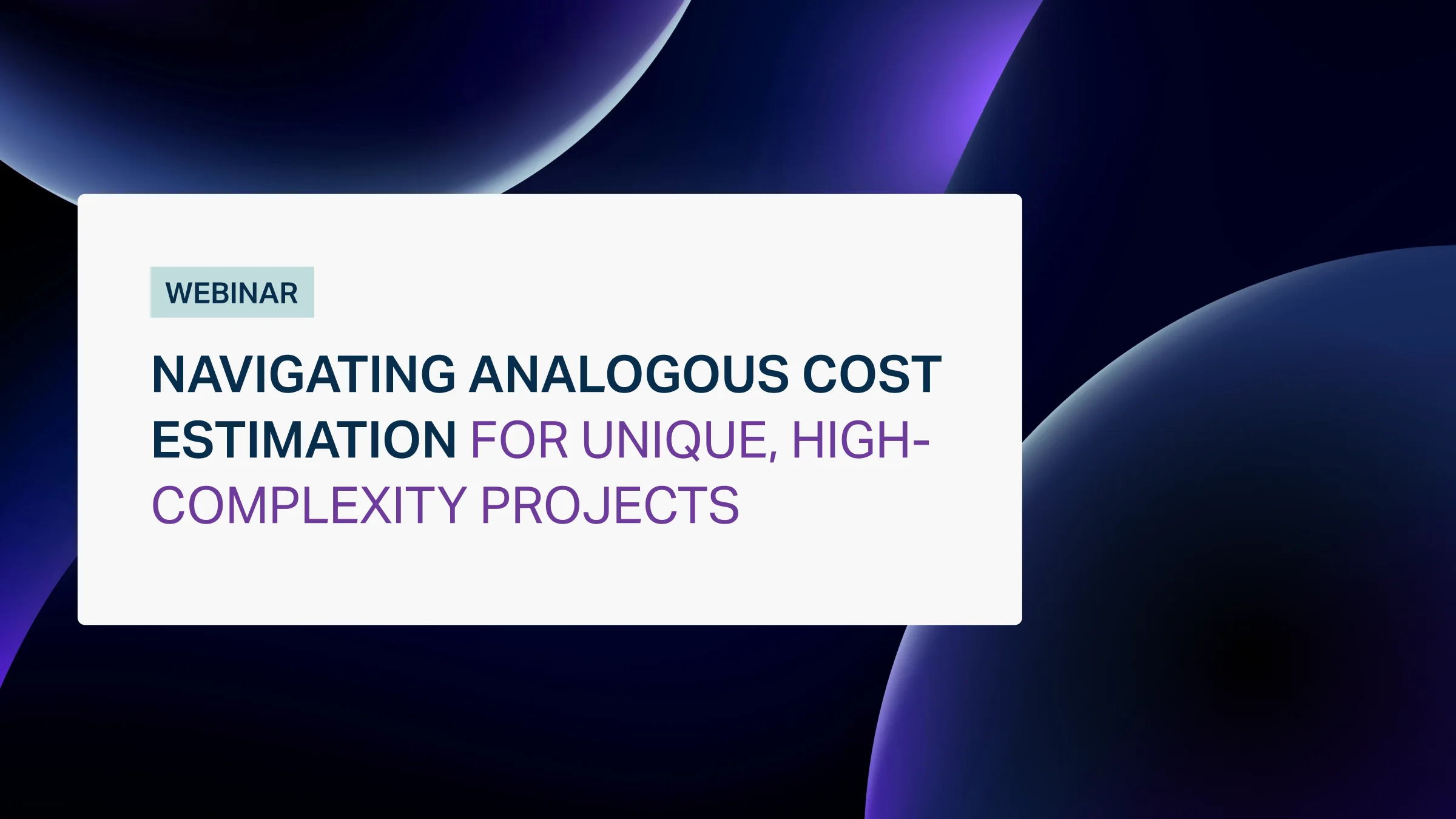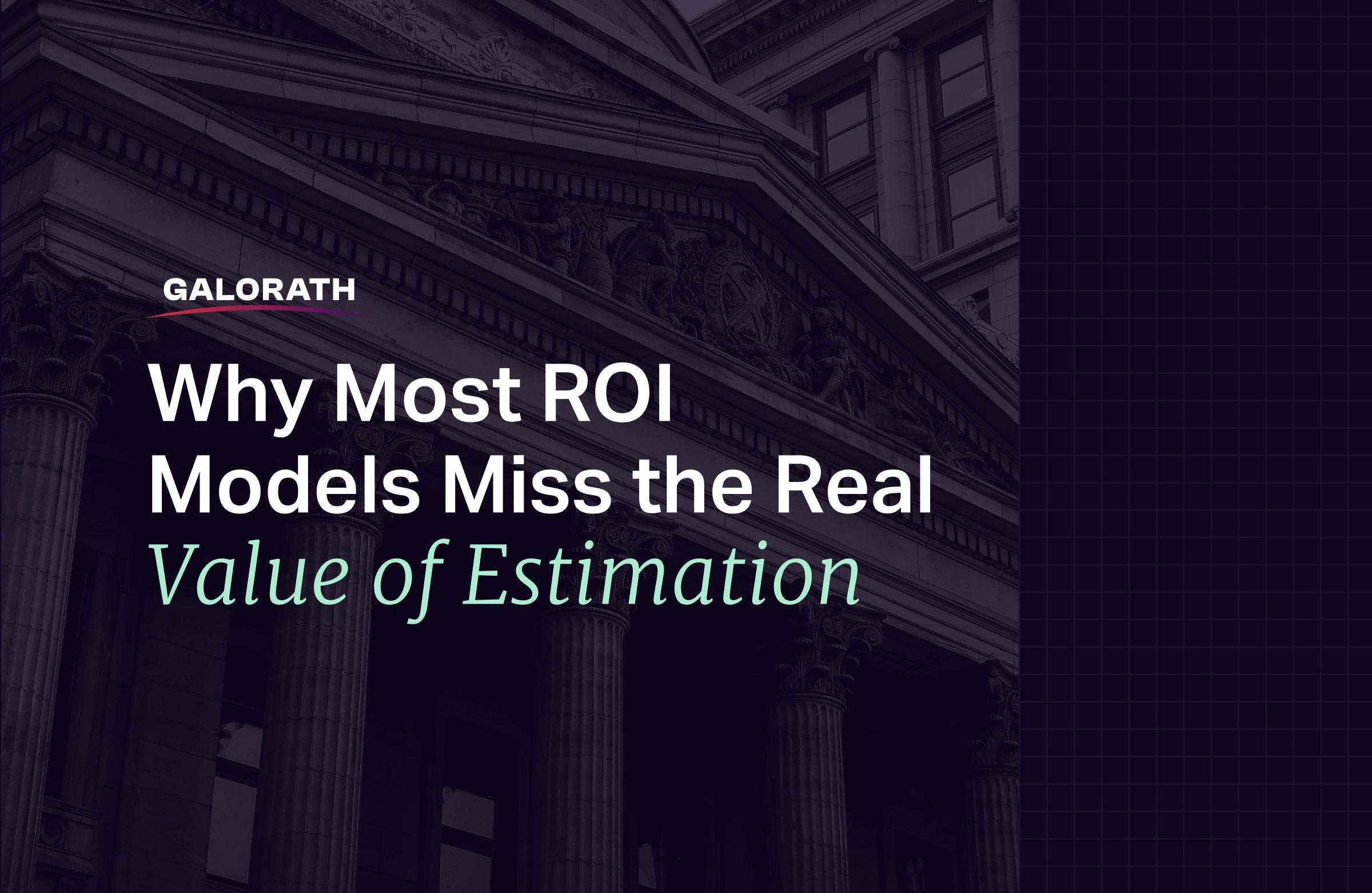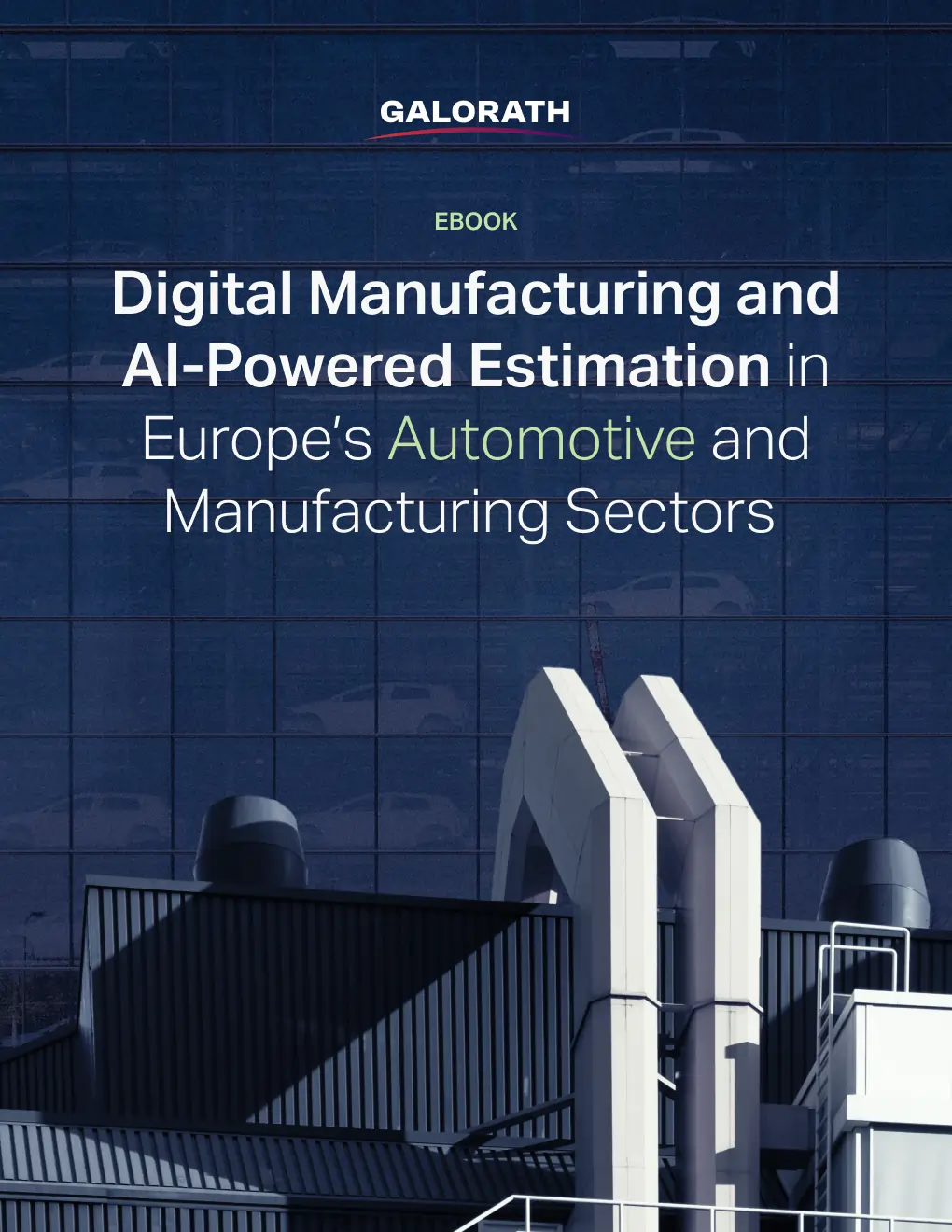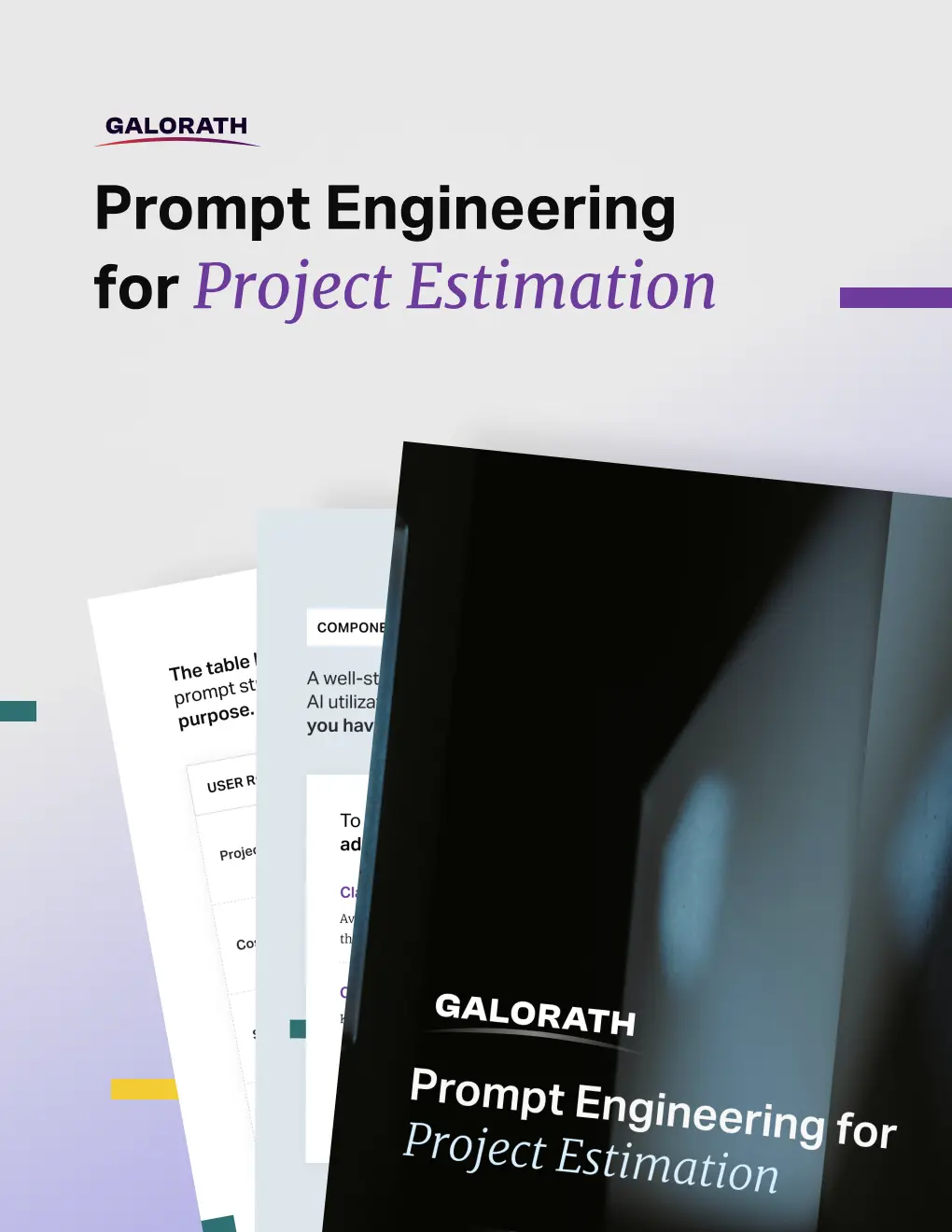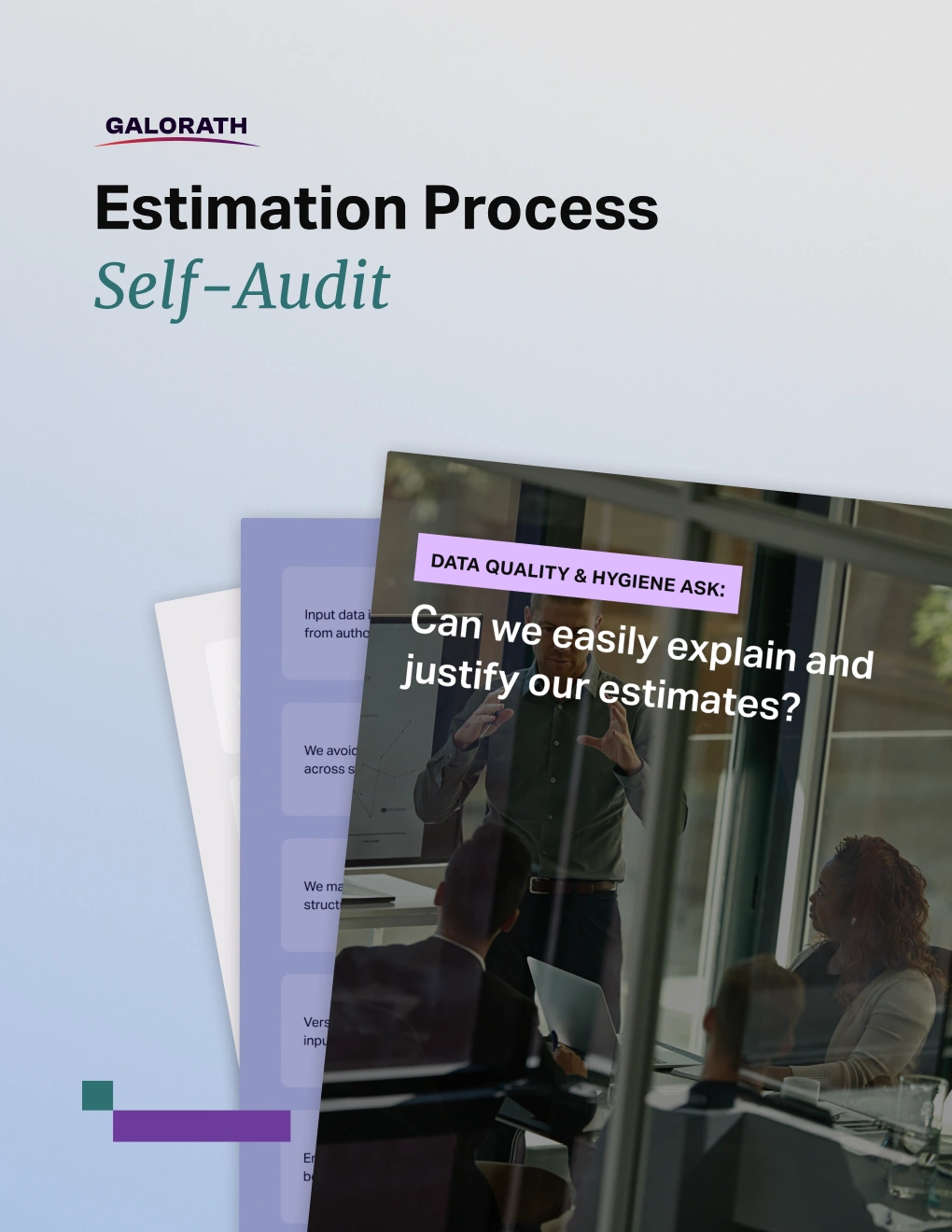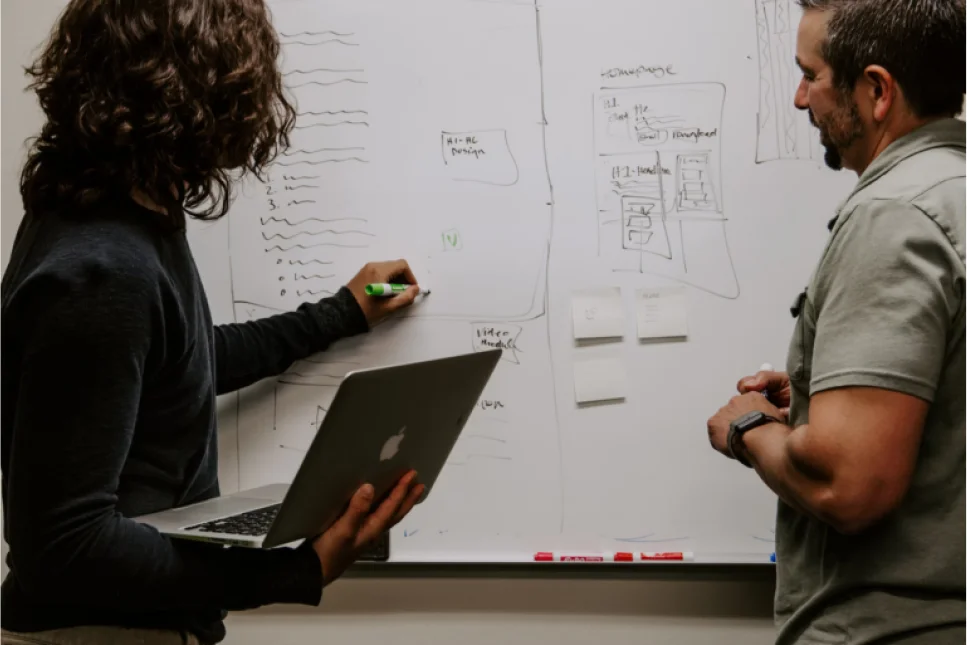Mastering Cost Risk with the CRED Model: A New Approach to Managing Uncertainty

Total Cost of Ownership (TCO) is a financial evaluation method that captures the complete full cost of ownership, associated with acquiring, operating, and maintaining an asset over its lifetime. This concept goes beyond the initial purchase price, incorporating direct costs such as acquisition and maintenance, alongside indirect costs like training, downtime, and opportunity costs. By examining the broader financial implications, total cost of ownership provides decision-makers with a comprehensive perspective on their investments.
Organizations use total ownership cost to evaluate alternatives, manage budgets effectively, and plan strategically. It enables businesses to assess the financial impact of an asset or system, fostering better decision-making and long-term planning. For instance, in procurement, a detailed total cost of ownership analysis might reveal that a cheaper upfront cost could result in higher operating expenses, making it less favorable to overall costs.
Table of Contents
How Does TCO Work? Direct vs. Indirect Costs
TCO analysis divides costs into two main categories: direct and indirect. Direct costs include measurable expenses such as first vehicle purchase prices, installation fees, and routine maintenance.
Indirect costs, while less apparent, often play a significant role in long-term financial impact. These may include productivity losses during downtime, opportunity costs associated with alternative investments, and training expenses.
Consider a manufacturing company evaluating machinery options. While one machine might have a lower sticker price, actual cost from its energy consumption, maintenance requirements, and training needs could outweigh initial savings over time. Including indirect costs allows businesses to identify and mitigate hidden expenses, optimizing their financial outcomes.
Why Is TCO Important in Business?
Total cost of ownership is essential for businesses aiming to align investments with strategic objectives. It empowers organizations to make data-driven decisions, minimizing financial risks and ensuring maximum value from their purchases. In industries with changing market conditions, understanding total cost they will have, helps businesses maintain competitiveness by adapting their strategies effectively.
By leveraging total ownership cost analysis, procurement professionals can benchmark supplier offerings, identify cost-saving opportunities, and establish stronger supplier relationships. Supply chain managers benefit from a clearer understanding of lifecycle costs, which supports efficiency improvements across operations. The ability to foresee long-term expenses also supports negotiations, providing leverage to challenge inflated pricing or request more favorable terms.
Examples of TCO vs. Initial Purchase Costs
An effective way to understand TCO is by comparing it to initial purchase costs. Consider enterprise software as an example. While one software package might appear cost-effective initially, hidden costs such as subscription fees, customization, and ongoing technical support may lead to a higher total cost over time. In contrast, an alternative with a higher upfront price but a lower total cost and ongoing expenses could offer better long-term value.
Total Cost of Ownership vs. Life Cycle Cost Analysis (LCCA)
Although Total Cost of Ownership (TCO) and Life Cycle Cost Analysis (LCCA) are often discussed together, they serve distinct purposes. LCCA focuses on determining the most cost-effective option for acquiring, operating, and disposing of an asset. It evaluates alternatives based on financial and performance metrics, guiding decisions on how owners determine which option delivers the best value.
Total ownership cost, on the other hand, aims to quantify all costs—direct and indirect—associated with a specific investment. While LCCA helps compare options, total cost of ownership provides a detailed understanding of total cost and an asset’s financial implications throughout its lifespan. Together, these methods complement each other, offering organizations a comprehensive framework for cost management and strategic planning.
Industries and Sectors Where TCO Is Commonly Applied
Total cost of ownership analysis is widely used across industries to optimize investments and improve decision-making:
- Manufacturing: Helps evaluate equipment purchases by factoring in energy use, maintenance, and downtime costs.
- Technology: Assists in selecting enterprise software or IT systems by accounting for licensing, upgrades, and support expenses.
- Automotive: Guides consumers and fleet managers in choosing vehicles based on fuel economy, maintenance, and depreciation.
- Healthcare: Supports procurement of medical equipment by assessing acquisition, maintenance, and operational costs.
These examples highlight the versatility of TCO, making it an invaluable tool for decision-makers across diverse sectors.
How to Calculate Total Cost of Ownership?
Calculating it requires a systematic approach to identify and evaluate all cost components.
The process typically involves:
- Data Collection: Gather detailed information about purchase prices, installation fees, maintenance costs, and operational expenses.
- Categorization: Separate costs into direct and indirect categories. For instance, direct costs might include acquisition and licensing, while indirect costs could involve training and opportunity costs.
- Estimation: Use historical data, market research, or predictive models to estimate long-term expenses.
- Analysis: Develop a comprehensive model to calculate the total ownership cost over the asset’s lifecycle.
Tools like SEER simplify this process by integrating predictive analytics and cost modeling capabilities, without additional costs and helping organizations create accurate TCO assessments tailored to their needs.
Maximizing ROI with optimized costs
Completing a TCO analysis is just the first step. The next phase involves using the insights gained to optimize costs and improve return on investment (ROI). By identifying areas of inefficiency or unnecessary spending, businesses can implement strategies to reduce expenses and enhance performance.
For example, a company might identify high maintenance costs as a significant driver of increased cost. By investing in preventive maintenance and repairs or upgrading to more reliable equipment, they can lower these expenses and increase asset reliability. The ability to quantify savings and benefits ensures that cost analysis contributes directly to ROI, strengthening financial outcomes.
Opportunity Cost in TCO
Opportunity cost is a critical concept within TCO analysis, representing the potential benefits forfeited when choosing one investment over another. By including opportunity costs in calculations, organizations gain a more comprehensive view of their financial landscape, ensuring that their decisions align with broader strategic goals.
For instance, a business considering two software solutions might find that while one offers lower upfront costs, the other provides greater scalability and efficiency. Factoring in opportunity costs allows decision-makers to weigh short-term savings against expected long-term gains, fostering more balanced and informed choices.
TCO for Cars: A Popular Example
The concept of TCO is not limited to corporate decision-making. It also applies to everyday purchases like cars. Tools such as Edmunds TCO allow consumers to evaluate vehicles based on ownership costs, including fuel, maintenance, insurance, and depreciation. These tools help buyers move beyond sticker prices used cars have, focusing on the overall financial impact of their choices.
For fleet managers, understanding these costs is vital for maintaining cost-effective operations. By analyzing expenses like fuel efficiency, repair frequency spare parts used, and resale value, businesses can optimize their vehicle portfolios and reduce operating costs.
Why Choose SEER for TCO Analysis?
SEER stands out as a trusted Total cost of ownership software, offering comprehensive capabilities to model and evaluate costs comprehensively. Its user-friendly platform integrates seamlessly with existing workflows, enabling businesses to assess TCO with precision and confidence. By providing actionable insights, SEER supports organizations in achieving total cost transparency, improving ROI, and driving sustainable growth.
Total Cost of Ownership analysis provides a holistic view of the financial implications of investments, empowering businesses to make informed decisions. By accounting for direct, indirect, and opportunity costs of ownership, TCO enables organizations to optimize resources, reduce expenses, and improve ROI. Tools like SEER simplify this process, delivering actionable insights to enhance procurement, resource allocation, and financial planning.
For example, SEER enables users to identify cost-saving opportunities by analyzing inefficiencies in supplier pricing or resource use. These insights empower businesses to negotiate better terms, optimize operations, and reinvest savings into high-value areas. By leveraging services from SEER, organizations gain the clarity needed to make informed, strategic decisions.
Book a demo today and discover how SEER can help you with total cost of ownership.
10-Step Estimation Process Checklist
View our 10 Step Estimating Process Checklist. This checklist should be tuned to the individual company’s needs and suggestions.
Estimating Total Cost of Ownership (TCO)
Find out how you can use Total Cost of Ownership (TCO) model to create an estimate which includes all the costs generated over the useful life of a given application.
Should Cost Analysis
Learn how Should-Cost Analysis can identify savings opportunities and drive cost efficiency in procurement and manufacturing processes.
ROM Estimate: The First Step Towards a Detailed Project Plan
Find out what ROM (rough order of magnitude) estimate is and why is it a crucial element of every project planning cycle.
Software Maintenance Cost
Find out why accurate estimation of software maintenance costs is critical to proper project management, and how it can make up to roughly 75% of the TCO.

